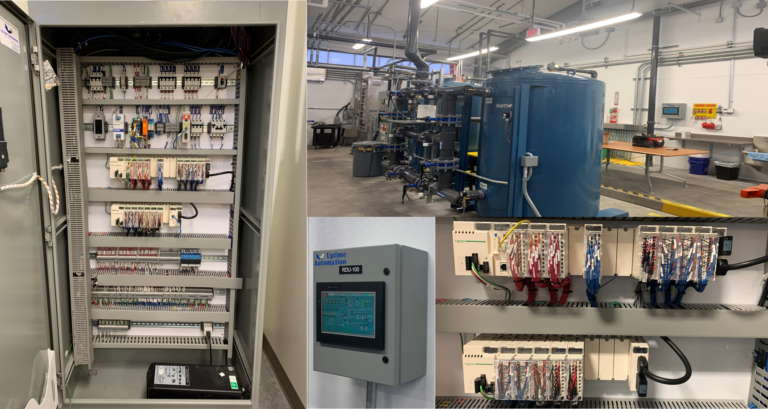Contact Us
Great things in business are never done one. They're done by a team of people.
Great things in business are never done one. They're done by a team of people.

Environmental Remediation offered which deals with liquid chemical, seeped gas, asbestos, mold and mildew as well as lead. Various other capabilities include site analysis, containment, on-site treatment, contamination elimination, waste disposal, final sampling, continuous monitoring program, documentation as well as regulatory compliance. Suitable for abandoned site, research laboratory, agricultural center, construction and also spill site applications. Offers the chemical handling and petrochemical sectors.
Any manual process is subject to human error. Even minor mistakes can cost an organization significant amounts of money. Recent studies have shown that an average person makes three to six mistakes per hour. These figures are consistent across all job functions and have very little to do with the person’s experience level. By automating environmental remediation processes, organizations can increase the efficiency of their work and eliminate the chance of errors.
Remediation practices are practices used to eliminate pollution and remove various types of contaminants. The water in which these pollutants are soluble and dispersed makes them mobile in the environment. To contain them, a solvent is usually added to waste streams containing hazardous constituents. The solvent helps to bind the water fraction and prevent further migration. The solvent used is often determined by local and federal environmental remediation regulations, as well as economic considerations.
The results of the present study indicate that reconditioning of old equipment can reduce labor costs in environmental remediation. This is especially true of older remediation systems. Old equipment may need more frequent maintenance visits and increase labor costs. By reusing and refurbishing these systems, the labor costs associated with their maintenance can be reduced significantly. Remediation technician visits for maintenance were becoming common, as were leaks and corrosion.
While manual procedures can take months, plant automation can speed up environmental remediation actions. Automated scripts, which follow the same sequence of steps at every stage of a remediation action, allow for greater efficiency. Industrial Automation and control also increases first level resolution rate. This measures how effectively remediation actions are completed at the first level. As the level of expertise increases, so does the labor rate. By using plant automation, remediation actions can be completed in days, not weeks.
Reducing greenhouse gas emissions is an important step to combat climate change. A recent study suggests that mitigating global greenhouse gas emissions through plant automation can save up to $1.6 trillion annually. The study makes this case using a global model and realistic scenarios. Automated processes can reduce the cost of environmental remediation projects while improving air quality. It can even prevent the premature death of nearly half a million people per year.
Some studies suggest that a $5 per ton CO2 equivalent penalty can reduce GHG emissions by 12 percent. Such a tax can be applied to emissions of coal, gasoline, and CFCs. The tax would raise approximately $10 billion a year. A high-cost scenario would require a doubling of environmental regulations. The cost of environmental regulation could also affect world economic growth. For example, phasing out CFCs from use in plastics and other products would slow the buildup of greenhouse gases.
Uptime Automation has been actively playing its role in automation that helps in Environmental remediation. Please keep visiting https://uptimeauto.com for more informational content like this.
Adding {{itemName}} to cart
Added {{itemName}} to cart